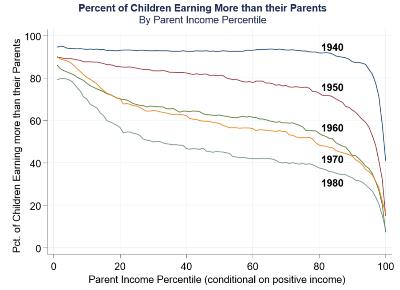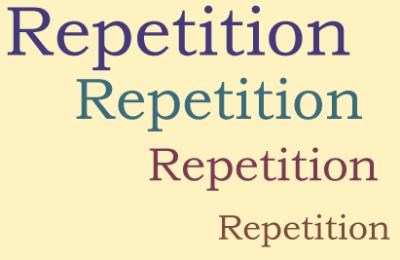This interesting podcast and post from Freakonomics website ‘Here’s Why All Your Projects Are Always Late — and What to Do About It‘ proposes a good analysis of all the reasons why mega-projects, and particularly public mega-projects, always fall so dramatically behind in terms of expectations.

All the usual fallacies and symptoms applicable to large complex projects are mentioned in a quite good synthesis and summary: the planning fallacy (overly optimism in spite of historical evidence to the contrary); optimism biais; neglecting the time and effort for coordination; student’s effect (procrastination); inadequate expectations set to sell a public project, etc.
The interesting approach mentioned at the end of the post as being possibly a successful approach is to align estimates for time and cost (or overruns) for new projects on the observed history of similar projects. This seems to be applied today in the UK. The post mentions that this approach seems to “be reasonably accurate and the cost overruns to be reasonably small — about 7 percent from the planning stages of a transportation project to completion. All of which suggests that pricing in the optimism bias and using reference-class forecasting are truly useful tools to fight the planning fallacy.” This approach can only work of course if there is a representative database of similar past projects, which is not always the case. For example it is known that some major UK infrastructure megaprojects such as High Speed train lines do still face huge overruns in schedule and cost.
Megaprojects failure to deliver on time and on budget is a major societal issue (and the sunk cost fallacy leads us to finish those projects even if they appear to be grossly failing). I am not sure the solution is as simple as the solution mentioned in the post, but it worth noting that some governments have identified the issue and try to address it proactively.











